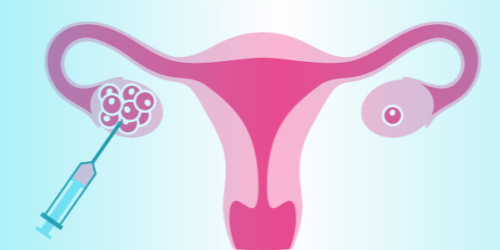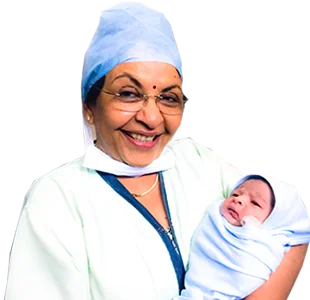

IVF or In vitro fertilization is a complex series of procedures which helps with fertility and assists with conception of a child. During the IVF process, mature eggs are retrieved from ovaries and fertilized by sperm in a lab. Then the fertilized egg which is now called an embryo or embryos are transferred to a uterus. It takes around 2-3 weeks for one full cycle but sometimes the steps are divided into different parts thus the process takes a little longer.
The chances of having a baby using IVF depends on many factors such as your age and cause of infertility. As per the latest statistics, women under 35 usually do not need to undergo IVF as they have 40 percent chance to conceive naturally or with the help of some medication. But the probability of women over 40 is only 12 percent, which is why early visit to a specialist even by a few years does make a lot of difference on acquiring the options that one may have.
On the first visit, the doctors can help you understand how IVF works ,the potential risks involved and whether the method of treating infertility is right for you.
Although, the success rates have been increasing in all of the age groups as better techniques are introduced compared to a decade ago- you still need skilled ,experienced and compassionate doctors and that is where we stand proud as one of the best healthcare facility.
IVF is usually started after conception with fertility drugs and intrauterine insemination or IUI fails. But Sometimes, IVF is taken up as a primary treatment for infertility for women who are 40 and above.
Few conditions that may require IVF are:
Fallopian Tubal ligation or removal in the past
Here are the different steps involved with IVF.

Medications are introduced to stimulate the ovaries to produce more eggs unlike in a regular ovulation cycle in which just one egg develops. Various medicines are used which help with different phases such as ovarian stimulation, oocyte maturation, premature ovulation prevention, preparation of the uterus lining.

Eggs can be retrieved at the clinic after the final injection and before ovulation. You will be sedated and given pain medication.

The sperm sample is collected from your partner through masturbation the morning of egg retrieval. In case of male infertility donor sperm or frozen sperm can be used.

Fertilization can be achieved when healthy sperms are mixed with matured eggs and incubated. There is another method where a single healthy sperm is injected directly into each mature egg. This process is called as Intracytoplasmic sperm injection(ICSI)

After two to five days of egg retrieval , embryo transfer can be attempted. There may be usage of mild sedation. This procedure is usually painless. The Specialist may insert a catheter into your uterus after which the specialist places the embryo/embryos . If the transfer is successful, an embryo will implant in the lining of your uterus after about ten days.

After 2 weeks of the embryo transfer, a blood test is carried for the hCG hormone, and the presence of hormones usually means the pregnancy is positive.
If you had been trying to conceive for a year now, it is time that you consider IVF as a treatment option. You could fix an appointment at Cambridge hospital for the right diagnosis and the best treatment options.
So if you had been trying to conceive for a year now, it is time that you consider IVF as a treatment option. Fixing an appointment with an expert at Cambridge hospital can be beneficial as the right diagnosis and treatment options can be pondered over.
